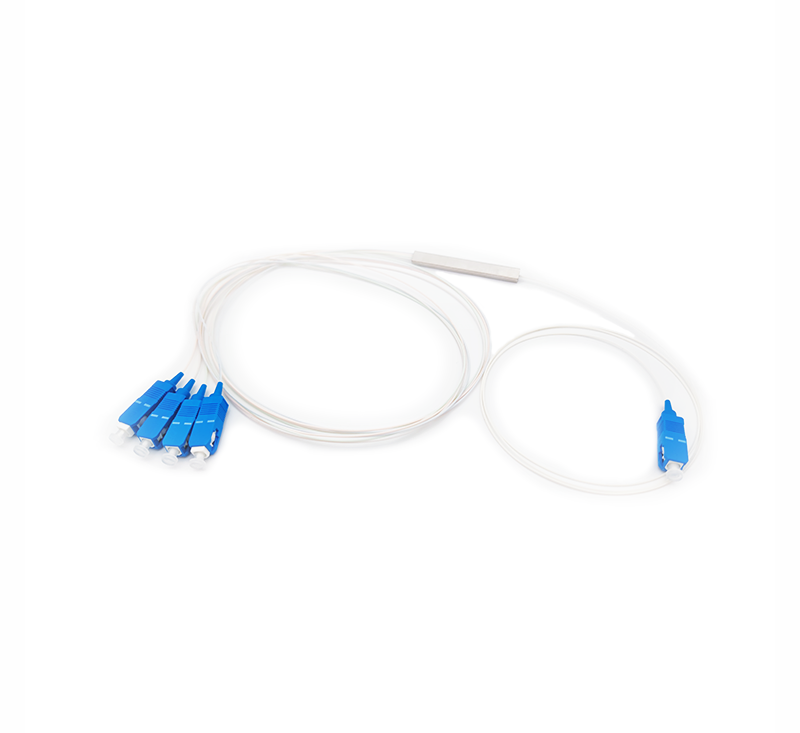What are the advantages and disadvantages of analog optical terminal and digital optical terminal in optical fiber video transmission? With the development of optical fiber communication technology, there are more and more ways of image transmission. The video signal transmission of optical terminal machine has better advantages than other twisted pair video transmission.

The optical terminal provides flexible transmission and networking mode for the monitoring system, with good signal quality and high stability. In recent years, due to the rapid development of optical fiber communication technology, the price of optical fiber and optical devices drops rapidly, making the cost of optical fiber monitoring system greatly reduced, so the application of optical fiber and optical end machine in monitoring system is more and more popular. Optical fibers are classified into multi-mode optical fibers and single-mode optical fibers. Because of the large dispersion and attenuation of multi-mode fiber, the maximum transmission distance of multi-mode fiber cannot exceed 5Km. Therefore, in new projects, single-mode fiber is mainly used instead of multi-mode fiber, except where multi-mode fiber has been laid before.
Optical terminal is used to transmit monitoring signals in optical fiber, and its main function is to realize electric-optical and light-electrical conversion. The optical terminal is divided into digital optical terminal and analog optical terminal:
1. Digital optical terminal. Because digital technology has obvious advantages compared with traditional analog technology in many aspects, so just as digital technology has replaced analog technology in many fields, the digitalization of optical end machine is also an inevitable trend.
At present, there are two kinds of digital image optical terminal: one is image compression digital optical terminal, the other is uncompressed digital image optical terminal.
Image compression Digital optical terminal adopts the image compression technology, which can compress the active image into N×2Mbps data flow through the standard telecommunication interface or directly through the optical fiber, and can also be transmitted through the IP packet over the data network. Because OF THE image compression technology, it can reduce the bandwidth requirement of the image signal transmission, and can use the standard interface of the public network to transmit the monitoring image, which brings convenience for engineering application. However, image compression digital optical terminal also has its inherent shortcomings. Its fatal weakness is that it can not guarantee the real-time transmission of the image, and there is a delay in the transmitted image. Therefore, this kind of equipment is only suitable for use in places with low real-time requirements, and it is limited in engineering use.
In addition, the image will be distorted after compression, and the signal to noise ratio is not high, and the price of the single image of the optical terminal machine is also high. Monitoring network is generally a private network, and requires full real-time, so the image compression digital optical terminal machine is difficult to reflect its advantages, but the disadvantages appear.
2. Analog optical terminal. Two modulation technologies, AM and PFM, are mainly used in the analog optical end machine. The transmission distance of AM optical end machine is within 30 Km, and the transmission distance of PFM optical end machine can reach more than 60 Km, even hundreds of kilometers.










